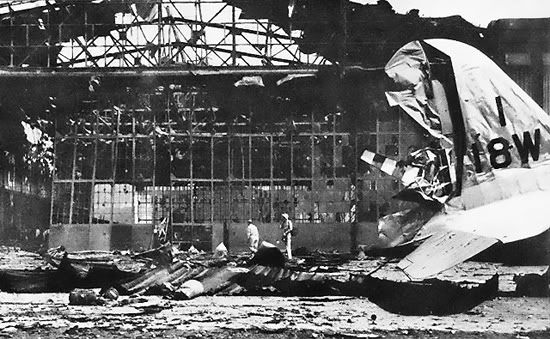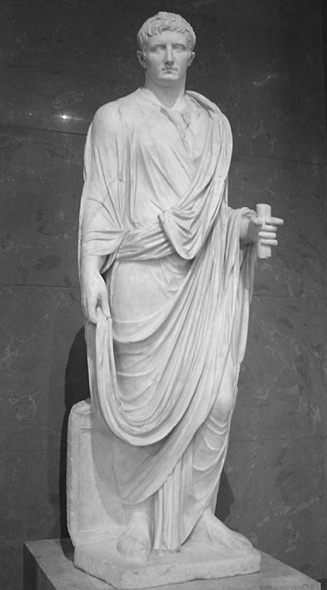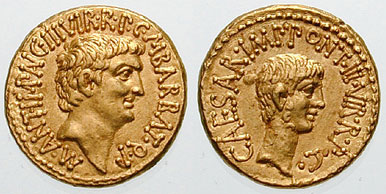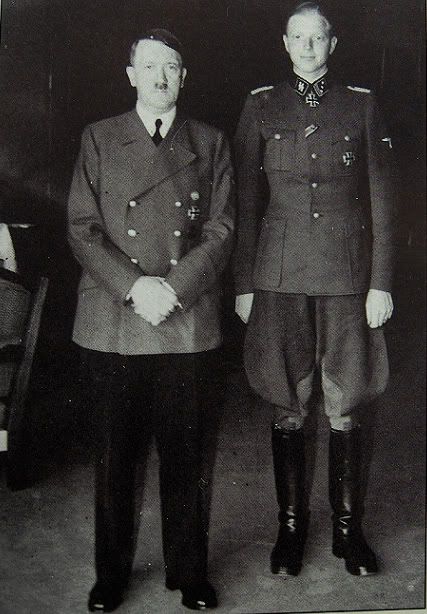Cpl. Arnold H. Heins (1919 – 2007) served in the U.S. Army Air Force during World War II in the South Pacific Theater. He was a Pearl Harbor survivor, at Hickam Field on Dec. 7, 1941, being a member of the 5th and 11th bomb groups.
It had been a long time in coming, but everybody at Hickam Field and elsewhere throughout the Hawaiian Islands knew the war was on its way. It was just a matter of time.
A month or two before the surprise attack, machine gun emplacements were dug at intervals around the perimeter of the field. Old World War I Vickers .30 caliber, water cooled machine guns were mounted in each sand-bagged emplacement.
Even before that, Heins and all the other soldiers at the field were given six weeks of basic infantry training. They were given gas masks and cautioned that a Japanese attack was probably eminent.
“About a week before the attack, when I was on guard duty guarding the planes on the field, they decided to move them closer together so they could guard them more easily. They parked them wing tip to wing tip which was a bad mistake,” he said.
“They were primarily concerned about sabotage. We were told by the duty officer that the situation with the Japanese was getting pretty critical,” Heins said.-
Cpl. Arnold Heins escaped death because he had just gotten off dining room duty at the mess hall at Hickam Field in Honolulu.
A few minutes later an enemy plane scored a direct hit. A bomb struck the building where he had been working. People were killed and injured in the explosion.
“When I got off work I walked over to my barracks a short distance away. I remember walking by an outside clock that read 7:55 (a.m.) As I reached my bunk, on the third floor of our concrete barracks, I heard an explosion out in Pearl Harbor, about a mile away. I didn’t think anything about it. Then I heard a bunch of machine guns going off over by the hangers near by,” Heins said.
“I high-tailed it back down stairs to see what was going on. When I swung open the double front doors of the barracks a Jap Zero was sweeping over the hangers a block away headed right for me with its guns blazing,” he recalled. “He flew over the hangers and over the barracks strafing everything in sight. I saw the red sun insignias on the wings, but it took me a moment to realize they were Japanese fighters.
“It was like the Zero was suspended in the air and everything was in slow motion. One behind the other they flew over and strafed us. We had been told sometime earlier that if we were attacked I should head for the motor pool where I worked. I was running across the parade ground in front of our barracks toward the motor pool when a Zero came by upside down 50 feet off the ground firing his cannon at a B-17 bomber. The bomber went up in flames.”
He dove under a truck parked along the edge of the parade ground on the way to the motor pool to escape the shrapnel and bullets spewing from the attacking planes. Then he realized this wasn’t the place to be hiding from an aerial attack.-
Heins slipped out from under the truck and continued to race toward the motor pool.
“I could see the Jap dive bombers bombing the fleet at Pearl. They would pull up at the last minute and let their bombs fly. Some of the big ships had been hit and had rolled over. The harbor was covered in smoke and flames from the attack.”
About the time I reached the motor pool a flight of 15 or 20 twin engine Jap bombers flew over in vee formation at 5,000 feet. The officer in charge sent me on to the quartermaster’s headquarters.”
“Dive bombers were beginning to drop screeching, terrible sounding bombs on us about the time I got over there. These bombers were getting closer and closer to us. People were hiding in the rafters to get away from them.”
At the height of the enemy attack, a flight of unarmed B-17 bombers flew into Hickam Field from California oblivious to the raid. Some of the four engine heavy bombers were shot down by enemy fighters and others made forced landings on golf courses and on other islands in the Hawaiian Island chain.
“By 9:30 a.m. or 9:45 a.m. it was all over. People were in a state of shock. I went up to the hanger and it was destroyed. Most of our planes were burning or in shambles. Dead and wounded were all over,” Heins recalled.-
By March 1943 Heins was assigned to the 98th Bomb Squadron, 11th Bomb Group of the 7th Air Force as a mechanic for a B-24 “Liberator.” His unit was sent to the Central Pacific.-
Heins went from Ellice Island to the Gilbert Islands and from there to the Marshall Islands and on to the Mariannas and finally to the Ryukyus and Okinawa.
By war’s end he had amassed enough points that he was back in the States. Heins was in Washington state by VJ-Day.-
donmooreswartales
















